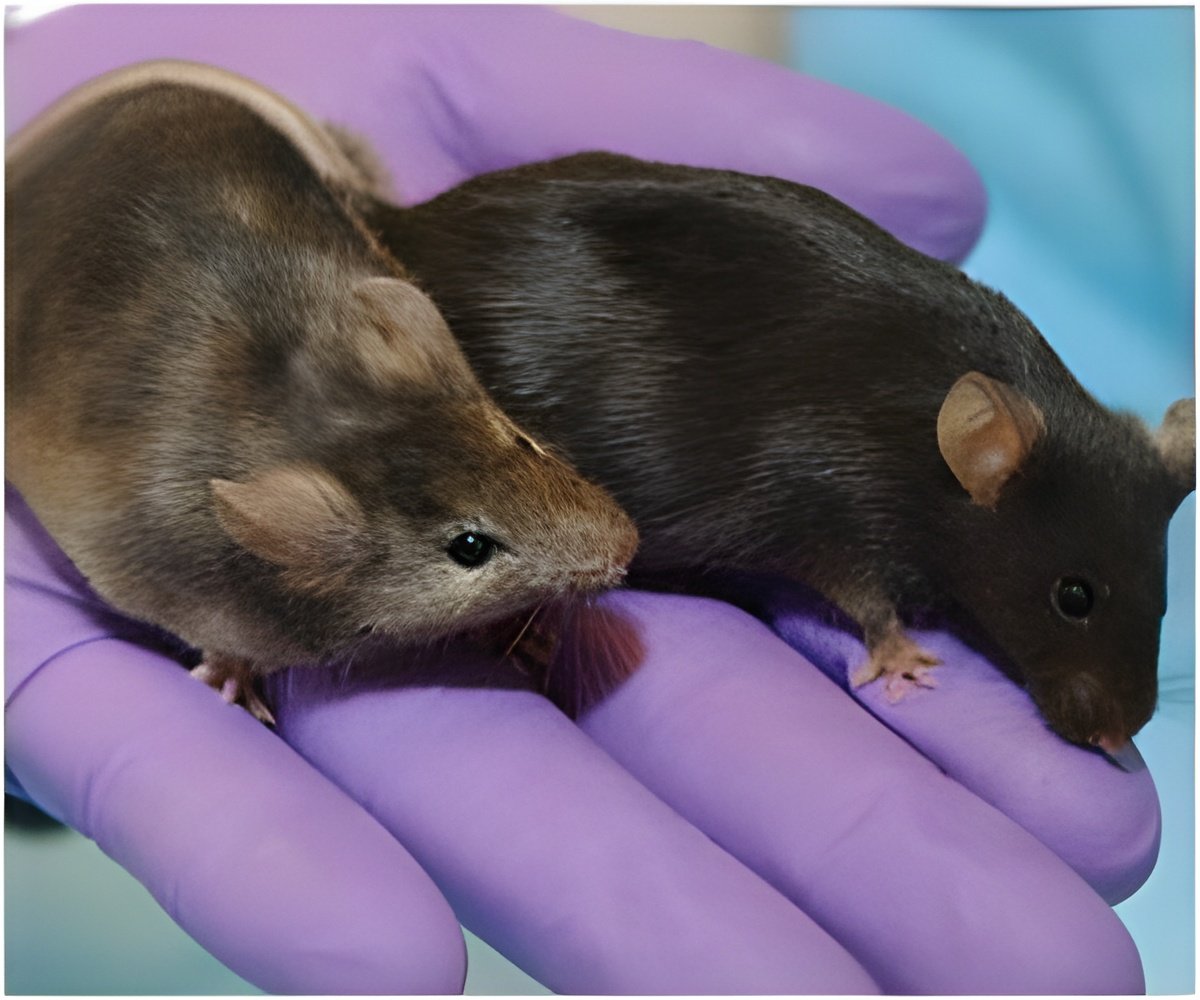
"The findings may help us better understand how to protect biodiversity in larger ecosystems," said Luis Hurtado-Gonzales.
Poecilia parae males come in five, genetically determined colors-red, yellow, blue, parae (clear with a black stripe), and immaculata (drab gray that mimics the colour of immature females).
"If females prefer red and yellow males, then one would think that red and yellow would dominate and the other colours would phase out over time. However, red and yellow are the rarest colours found in the wild," Hurtado-Gonzales said.
In the current study, larger parae almost always defeated the smallest males, immaculatas, stopping them from approaching females.
However, Immaculatas compensate for their lack of physical prowess and attractiveness through a mating strategy that relies on stealth. Hurtado-Gonzales found that the immaculatas' drab colour provides camouflage that enables them to stealthy mate with females while the more colourful red males were wooing them.
Advertisement
Reds and yellows are also most likely to be hunted due to their striking colours, which are more visible to predators.
Advertisement
"Therefore, the maintenance of multiple colors may result from the interaction between predator control of attractive males (reds and yellows) and the ability of less attractive males to exploit other areas of sexual selection, including male dominance, sneak behavior, and sperm competition."
The study was published Dec. 23 in BMC Evolutionary Biology.
Source-ANI








